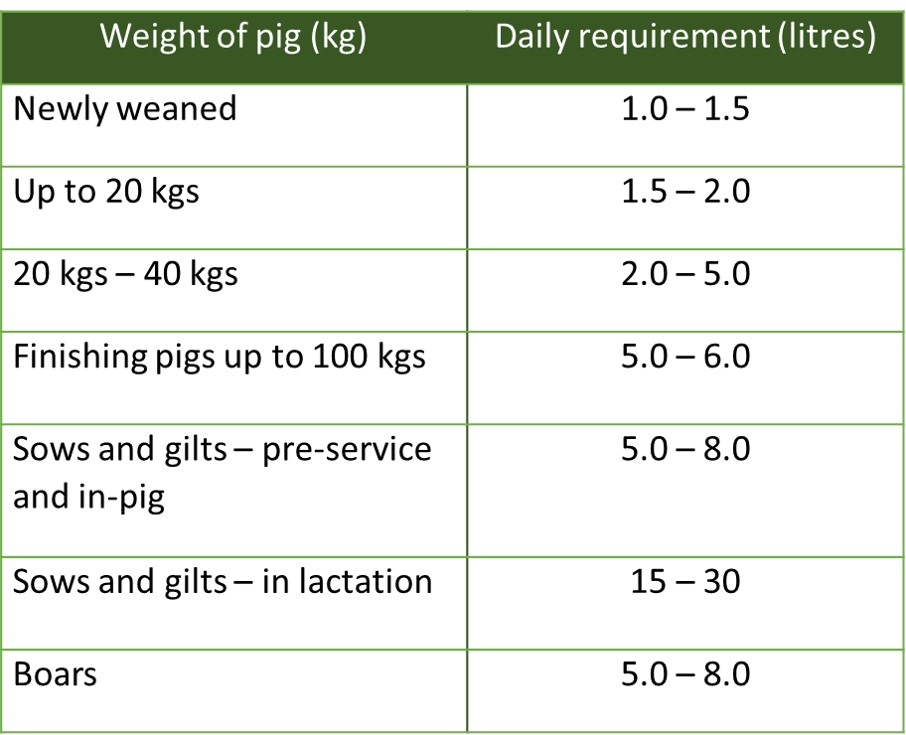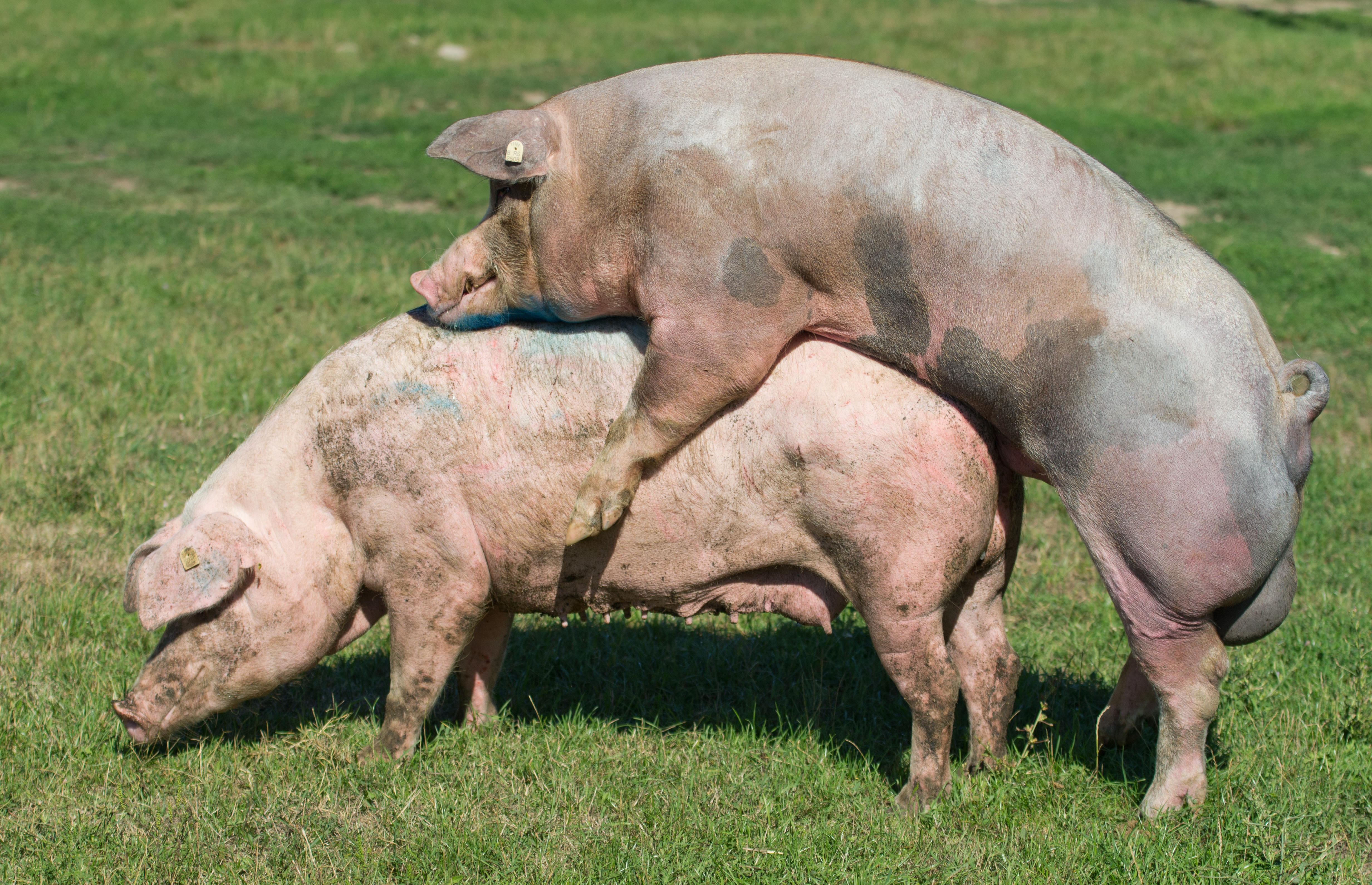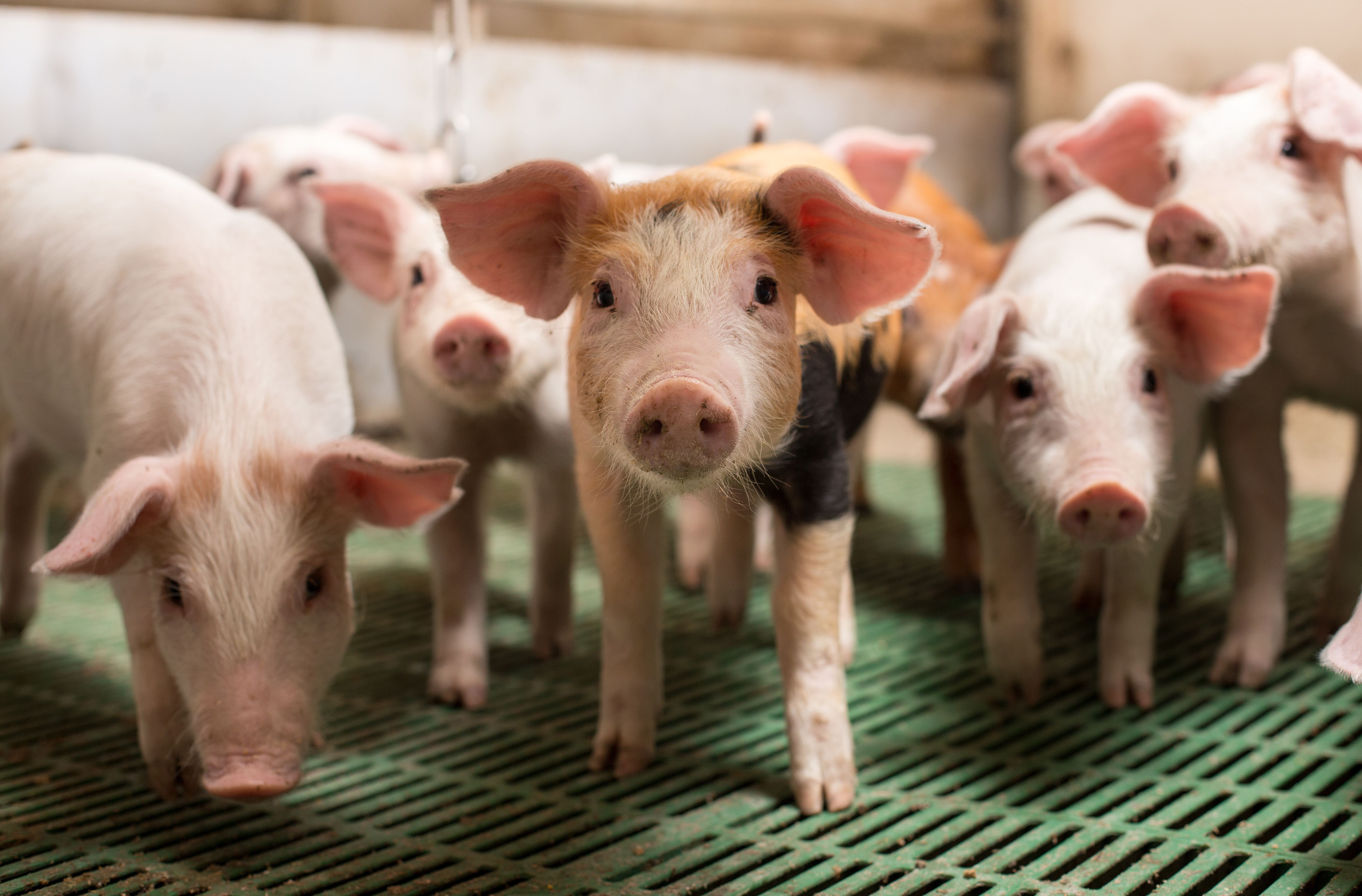



Small-scale pig keeping: the importance of water for pig health
Next in the Small-scale pig keeping series, Dr Michaela Giles explains just how important water is for raising happy, healthy pigs.Part of Series:
< Previous Article in Series
Pigs require water to meet their physiological needs. These include most metabolic functions, the movement of nutrients through to the body tissues and organs, lubrication of the joints, adjustments in body temperature, removal of waste, milk production, and for growth and reproduction – including semen production. A pig can lose most of its fat and half its body protein without dying and up to 10 percent without affecting performance, but if it loses as little as 10 percent of its water content, death quickly follows. Water balance is constant within the pig, with the most important source being available via drinking, although some additional water is manufactured in the body via the breakdown of dietary carbohydrate, fat and protein. The pig loses water via urine, faeces, respiration, and from the skin.
This intake-output balance is directly affected by a multitude of factors including age; what they’re fed and crude protein content of their feed; weather conditions/ climate; health status; provided wallows and type of husbandry (indoor/ outdoor) – so the quantity required cannot be quoted in absolute litres. The recently published Code of Practice for the Welfare of Pigs (England) provides a guide on the minimum quantities consumed in a temperate climate (Table 1) but a continuous supply of potable water is the aim. Potable being the key word here – not contaminated with faeces or urine, including relying on streams as a source of drinking water as these may be contaminated from further upstream.

© Michaela Giles
Crude protein levels
The amount of water consumed increases proportionally with the amount of crude protein in the diet, so pigs fed on 13 percent crude protein will drink less than those on 16 percent plus. Also pigs fed a pelleted feed require more water than those fed a wet meal and also, perhaps surprisingly, a dry meal. It is reported that underfed pigs increase water consumption, particularly in gestating sows as they presumably attempt to "feel full". Pigs fed with a diet supplemented with permitted fruit and vegetable waste will naturally drink less.
Effects of disease
Pigs affected with diseases require more water than healthy pigs of the same age and body weight, especially if the illness is accompanied by diarrhoea or the animal has a high temperature caused by a fever. This makes perfect sense as more water is being lost. Encourage drinking by sitting extra troughs near the sleeping quarters.
Working boars
When ‘working’ boars perform with considerable physical exertion and produce up to 450 ml (15 fl.oz.) of semen at each service, all leading to a water deficit will needs replacing.

Wallows
Muddy wallows are an essential tool for the outdoor-reared pig to keep cool in the hot weather via transfer of their body heat and if you don’t provide one, the pig will make one using the only water they have available – from their trough! Pigs are clever, but they don’t have the foresight to see that this reduces the water available for drinking.
Climate
Hot weather puts additional pressures on the pig to keep cool and, due to a deficiency of functional sweat glands, expulsion of heat via urination is one way they can cool down. However, this does conversely require them to take in more water. Pigs are instinctively clever enough to limit feed intake in hot weather to reduce the metabolic heat generated by digestion and it can really assist the pig to maintain their water balance by feeding at the cooler ends of the day.

Trough sizing
You should use water troughs of different sizes for different ages, and always be mindful that piglets, which need water provided from two weeks of age, may be able to get in but not out, so choose trough depths carefully. What you will find is that pigs, when they can, will purposely tip troughs over for various reasons e.g. for fun, through boredom or to be able to lie in the cooling spilt water.
If you have fitted automatic water dispensers then, apart from in freezing conditions, you can avoid this issue. This includes nipple drinkers, which are teats attached to the mains water supply via pipes, which do not require cleaning out and have continuous fresh water. Careful maintenance is required as they can get stuck and flood everything and as the flow rates are known to affect the ability to digest feed efficiently they can be detrimental if set incorrectly.
Final thought
Given the correct husbandry conditions, and with plenty of fresh palatable water, pigs are pretty good at looking after themselves. How proficient you are at providing their needs isn’t usually challenged on a day to day basis, however the difference between okay and excellent water management lies in how your system provides for the needs of any that become unwell or are vulnerable in other ways.
















